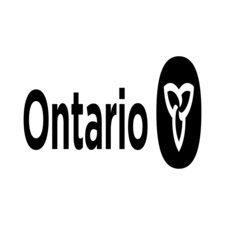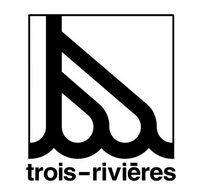drinking water
Type of resources
Available actions
Topics
Keywords
Contact for the resource
Provided by
Formats
Representation types
Update frequencies
status
-
Drinking water pipes in the city of Trois-Rivières.**This third party metadata element was translated using an automated translation tool (Amazon Translate).**
-

Boundaries (polygons) of areas designated as community watershed by government - that are all or part of the drainage area that is upslope of the lowest point from which water is diverted for human consumption by a licensed waterworks, if satisfied that, to protect the water that is diverted for human consumption, the area requires special management that is not otherwise provided for under this regulation or other enactment: to conserve the quality, quantity and timing of water flow; or to prevent cumulative hydrological effects that would have a material adverse effect on the water . Supercedes the '(DEPRECATED) BC Community Watersheds' dataset BC_COMMUNITY_WATERSHEDS
-

This 1:20,000. scale inventory contains digital maps of cancelled community watershed boundaries. The watershed boundaries showed the location of watersheds that supply communities with domestic water. These are meant to be used in conjunction with stream network map coverages from TRIM mapping. Attribute data for community watersheds can be downloaded into a spreadsheet or database
-

Province-wide SDE spatial layer displaying consumptive water licence points of diversion for drinking water systems. In the context of this layer, Drinking Water Systems means two or more water licences for domestic purposes at a single POD; and/or a water licence(s) for any other purpose indicating a water diversion and distribution system supplying water directly to residences and/or buildings for human consumption. This layer is an instantiation of the spatial view WLS_BC_POD_DRINKING_SOURCES_SVW
-

This dataset provides the results obtained by Health Canada’s Radiological Monitoring Network (CRMN) for the tritium activity concentration in drinking water originating from the water treatment plants in Ottawa, ON. More information about the CRMN network can be found on the Health Canada website (see link below). The results provided are the tritium activity concentration in units of becquerels per litre (Bq/L). Although ensuring water quality is a matter of provincial jurisdiction, the CRMN, in collaboration with the city of Ottawa, has been conducting a targeted program to monitor the radiological content of drinking water from two water treatment plants in Ottawa, ON. The Guidelines for Canadian Drinking Water Quality recommend a Maximum Acceptable Concentration (MAC) for tritium in drinking water of 7000 Bq/L. The measured activity concentrations of tritium in drinking water are well below this guideline value. The map shows the approximate sampling location for each monitoring station. Stations are found within the associated location range.
-

This dataset provides the results obtained by Health Canada’s Canadian Radiological Monitoring Network (CRMN) for the gross alpha and beta activity concentrations in drinking water, given in units of becquerels per liter (Bq/L). More information about the CRMN network can be found on the Health Canada website (see link below). Although water quality is a matter of provincial jurisdiction, the CRMN, in collaboration with the city of Ottawa, has been conducting a targeted program to monitor the radiological content of drinking water from two water treatment plants in Ottawa, ON. The Guidelines for Canadian Drinking Water Quality recommend screening levels of 0.5 Bq/L and 1.0 Bq/L for gross alpha and gross beta activity, respectively. The screening levels are set to reflect the most restrictive Maximum Acceptable Concentrations (MACs) for specific radionuclides in drinking water. If the screening levels are not exceeded, compliance with the guidelines can be inferred. The screening levels set out in the Guidelines for Canadian Drinking Water Quality are calculated based on annual averages of radionuclides in drinking water. Short-term exposure to levels above those recommended by these guidelines does not indicate a health risk. The measured gross alpha and gross beta activity concentrations presented here are well below the screening levels set by the Guidelines for Canadian Drinking Water Quality, with only one exception to date. This occurred February 28, 2011, and was attributable to the flushing of lead pipes at the water treatment plant. It resulted in a spike of naturally occurring lead radionuclides that was dealt with immediately by the City of Ottawa. The map shows the approximate sampling location for each monitoring station. Stations are found within the associated location range.
-

This data set includes information on sampling locations, water chemistry and chlorophyll collected at 18 locations in the Great Lakes-St. Lawrence River and 4 locations in Lake Simcoe.
 Arctic SDI catalogue
Arctic SDI catalogue
